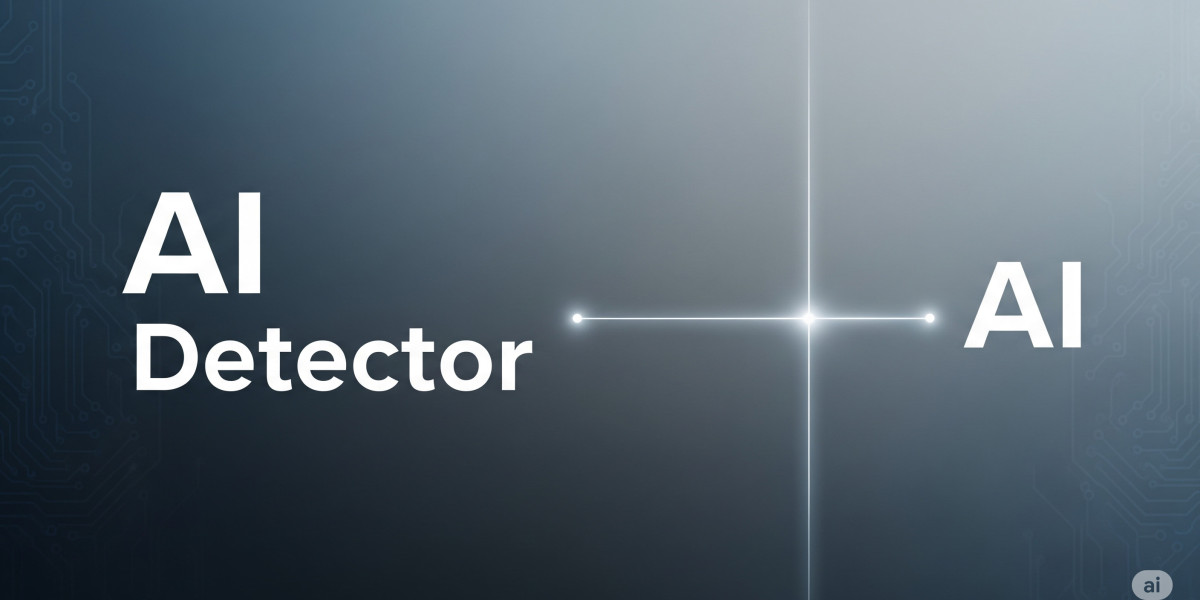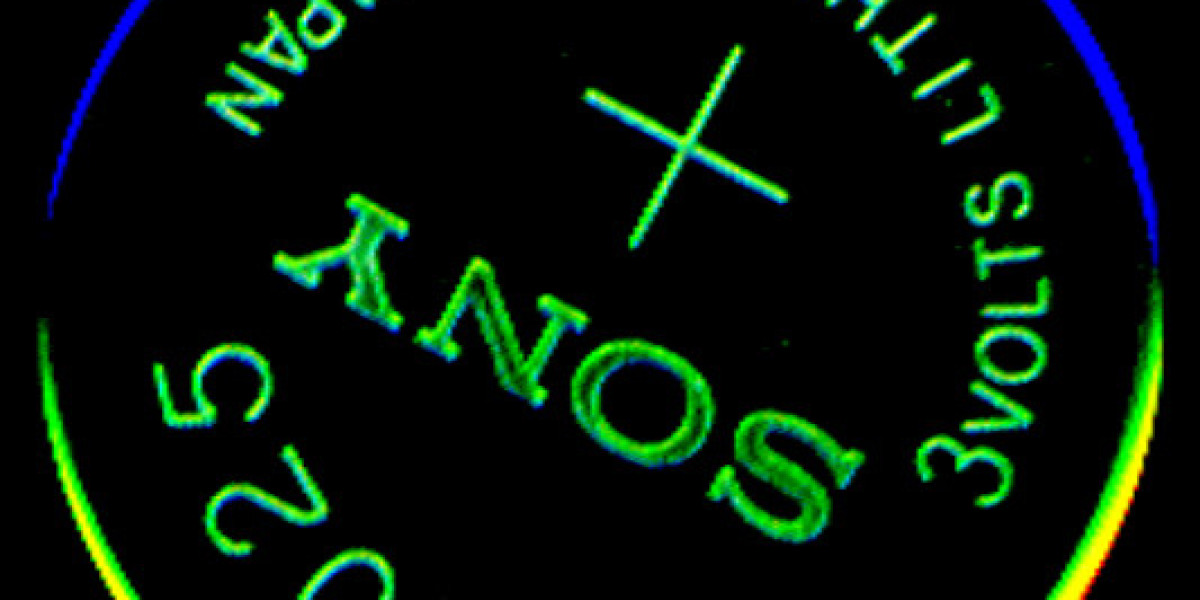In today’s digital world, content creation has entered a new era. With artificial intelligence tools generating articles, essays, product descriptions, and even social posts in seconds, a new challenge has emerged: how do you verify whether a text is written by a human or by AI?
That’s where the KI detector steps in.
A KI detector is becoming one of the most essential tools for bloggers, businesses, educators, and content creators who want to maintain authenticity, originality, and trust in their online presence. If you run a website, publish content, or rely on accurate information, understanding this tool is no longer optional—it's a must.
What Is a KI Detector?
A KI detector (short for Künstliche Intelligenz detector) is a specialized software tool designed to analyze text and determine whether it was created by a human or by an AI writing model.
It evaluates the linguistic patterns, structural choices, and predictive probabilities behind each sentence to detect machine-generated writing.
Simply put:
A KI detector identifies the hidden fingerprints left behind by artificial intelligence.
Why KI Detectors Are Important in 2026
AI content is rising faster than ever, and brands are facing new challenges:
blogs filled with auto-generated articles
student submissions written entirely by AI
AI-created fake reviews
machine-generated product descriptions
generic AI content ranking on Google
Because of this massive surge, the KI detector plays a crucial role in:
✔ Maintaining content quality
Website owners need to prevent duplicate, low-value, or AI-sounding posts from harming SEO performance.
✔ Protecting academic integrity
Schools rely on KI detectors to identify AI-written assignments.
✔ Building trust with readers and customers
Authentic human writing creates stronger emotional connection and credibility.
✔ Avoiding SEO penalties
Search engines are pushing for EEAT (Experience, Expertise, Authority, Trust).
Pure AI content can weaken these signals if not monitored.
In short, the KI detector helps you keep your content clean, credible, and competitive.
How Does a KI Detector Work?
A KI detector doesn’t “guess”—it analyzes.
It uses advanced algorithms trained on both human and AI writing styles to identify patterns invisible to the human eye.
Here’s what it looks at:
1. Predictability Score
AI writing often follows predictable word patterns.
Humans use more surprising, emotional, and varied phrasing.
2. Burstiness Levels
Human writing naturally fluctuates—short sentences, long sentences, sudden shifts.
AI tends to stay smooth and evenly paced.
3. Perplexity Measurement
This measures how “complex” or “unusual” the text is.
Higher perplexity = human-like
Lower perplexity = AI-like
4. Structural Consistency
AI text often uses repetitive sentence shapes, balanced clauses, and neat paragraphs.
5. Tone Stability
Humans shift tone, mood, and pace.
AI maintains one consistent voice.
These signals allow the detector to classify the origin of the text with surprising accuracy.
Who Should Use a KI Detector?
A KI detector is valuable for many industries, especially those that rely heavily on written content.
Bloggers & Website Owners
To ensure posts are unique, high-quality, and optimized for search intent.
SEO Agencies & Marketers
To check for AI-patterned writing that may harm ranking potential.
Teachers & Institutions
To verify student work and maintain academic honesty.
Freelance Writers
To confirm originality before submission.
Businesses
To maintain authentic communication with clients and avoid robotic-sounding messages.
E-commerce Brands
To verify product descriptions and customer reviews.
If your work depends on trust, credibility, or SEO performance, this tool is invaluable.
The Future of KI Detectors
As AI becomes more advanced, detectors are evolving as well.
In the next few years, expect KI detectors to:
identify mixed content (part AI, part human)
analyze emotional authenticity
detect writing style inconsistencies
improve confidence scoring
become standard tools for publishers
These detectors will play a central role in maintaining transparency across the digital world.
Final Thoughts: Why Every Website Needs a KI Detector
Whether you’re running a blog, building a brand, or managing a team of writers, understanding the source of your content is essential. The AI detector gives you control over your digital identity, ensures your writing stays original, and helps you compete in a world where machine-generated content is everywhere.








